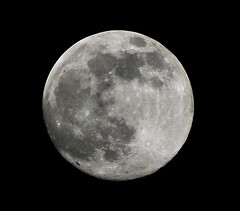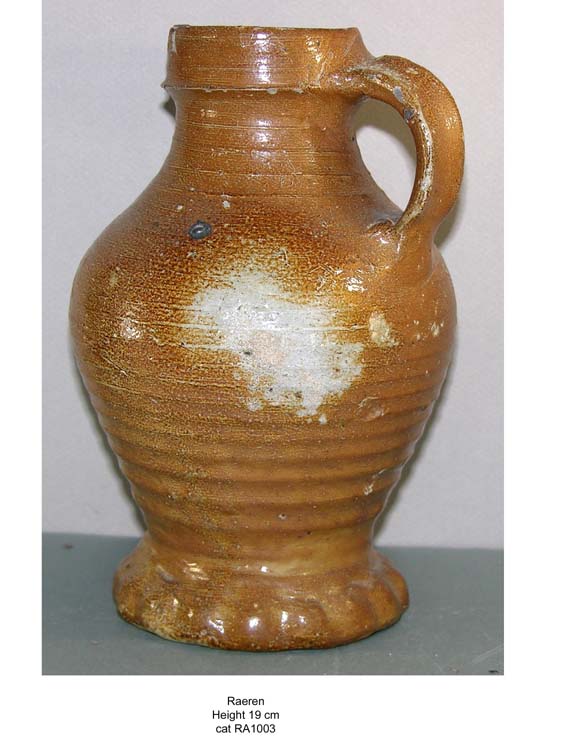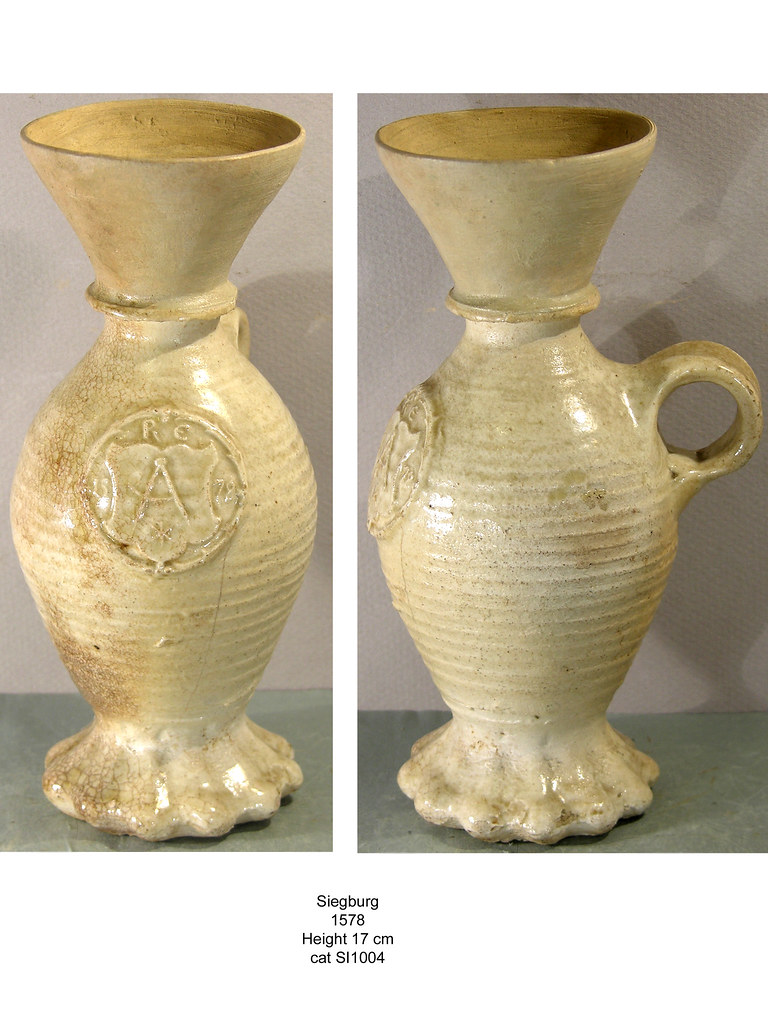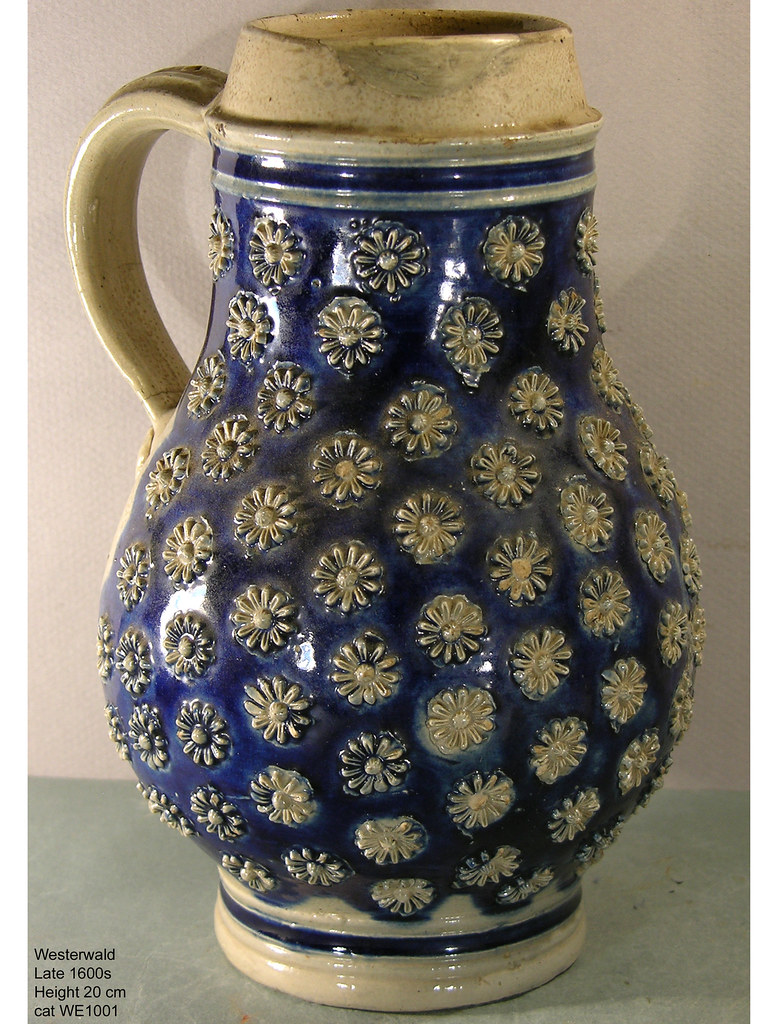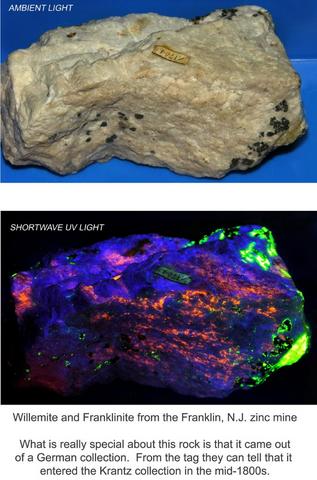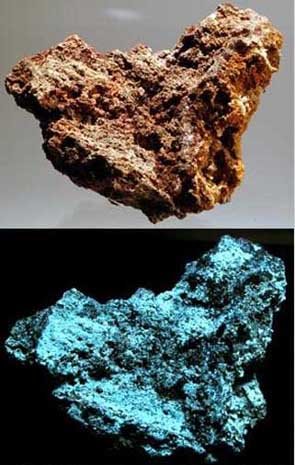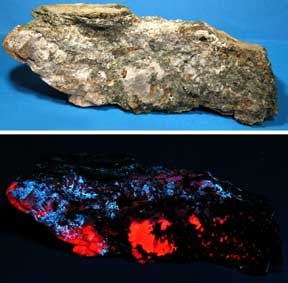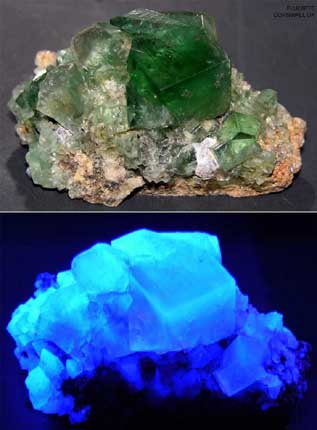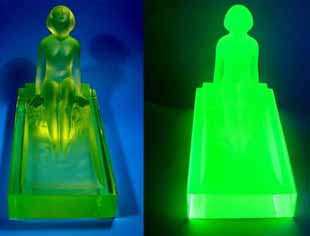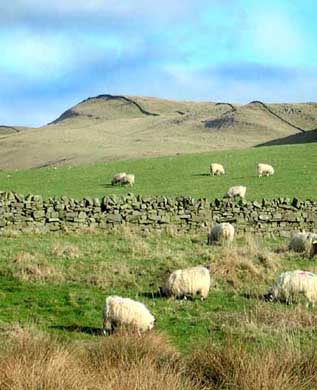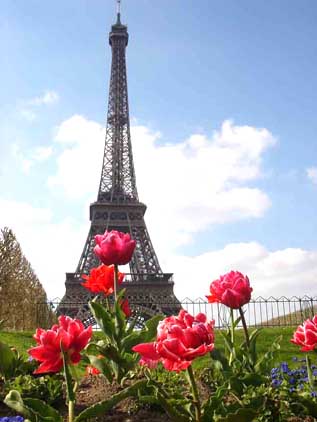Its Not Easy Being Green
For the last 1/2 a century I’ve been concerned about the environment. I can remember 50 years ago looking at the air pollution in El Paso, Texas and being concerned. And the first time I flew coast-to-coast in an airplane I remember being amazed that even the really remote locations were fairly heavily air polluted. Over the years I have done what I can to help the environment. I've been described many times by my right wing friends as a "tree hugger". I've also done my share of damage and wasted my share of the earth's resources by driving high performance V8 vehicles and other foolish nonesense.
I'm really lucky at age 58 to have the time and the financial wherewithall to actually make some changes to my lifestyle. So after giving it a great deal of thought and research, I have decided that when I move back to El Paso I’m going to make every reasonable attempt to reduce my carbon footprint. In other words to reduce my energy consumption from non-renewable sources like oil, gas, and coal. And also from those horribly dangerous and polluting sources like nuclear energy.
Most of the recommendations listed below are both good for society and the long term survivability of our species and the planet. They also make your lifestyle a lot nicer by making your house quieter and feel much more comfortable.
There is a certain amount of financial payback, but you certainly cannot expect anywhere near 100% payback, even over a farily long period of time. Not even with tax credits. Don't even dream of doing all these things just to save money. That is self delusional.
In America I’ve bought a Toyota Corolla with a 1.8 liter 4 cylinder engine and a 5 speed manual transmission. In Europe I had a Toyota Prius which is a very nice car. I
 drove it all over Europe and most of the time got in the neighborhood of 50 miles per gallon. Of course in Europe you buy in liters and measure your distance in kilometers, but its really quite easy to translate this to MPG. The Dutch think in terms of liters fuel required to travel one hundred kilometers. The German-collaborating arrogant Swedes use kilometers per liter. So much for harmonizing
drove it all over Europe and most of the time got in the neighborhood of 50 miles per gallon. Of course in Europe you buy in liters and measure your distance in kilometers, but its really quite easy to translate this to MPG. The Dutch think in terms of liters fuel required to travel one hundred kilometers. The German-collaborating arrogant Swedes use kilometers per liter. So much for harmonizing and the one-big-happy-family European Onion. (Think about the analogy. Just under the surface it stinks so bad it almost makes you cry)
and the one-big-happy-family European Onion. (Think about the analogy. Just under the surface it stinks so bad it almost makes you cry) When you do an ecological accounting of the cost to mine and process the raw materials, then build the batteries in the Prius, then later to recycle these batteries, the Prius becomes a little less green. But its still a really wonderful car.
The plan is also for me to buy and use a motorscooter. Probably a 125 cc. Any smaller and it really is a safety hazard driving on busy streets like Dyer, Montana, or Mesa. Larger engines than about a 125cc or a 150cc and you are sacrificing a lot of fuel economy for unnecessary high performance.
Dick Strawbridge sold his car & bought a an old Land Rover that he has adapted to run on bio diesel. He needs a 4 wheel drive car sometimes, for sure. So do I. But just to pop out to the store he should have a second vehicle that weighs much less and gets far better fuel economy. The bio diesel thing is a neat trick, running your car off of used cooking oil that originally fried french fries. But still when you oxidize it by burning it in an internal combustion engine it creates carbon dioxide. Where I am going to be living it is 4,000 feet above sea level (more than 1,000 meters), but for much of Great Britain rising sea levels will be a genuine problem.
-
HOUSING: Long term one’s house is probably the second largest consumer of fossil fuels after your car. The same thing applies about size. Smaller is better. You have less space to heat in the winter and cool in the summer. And less space to dust and keep clean too!
All over the world in the more technologically advanced societies like Europe, Japan, and America each year there are more and more one-person households. Sociologists have spent a lot of time and have gotten many government grants to study this increasing phenomenon. There are lots of issues that they are looking at, such as loneliness and isolation. But the fact that the trend line is leading towards more and more single person housholds is undeniable.
One person does not need 1,500 or 2,000 square feet of living space. Well under that is ideal. Certainly 1,000 sq ft or less. And one person does not need 3 or 4 bedrooms. Two bedrooms is ideal. One to sleep in and the other to turn into your office and computer room. If you have spare bedrooms then leaches and moochers tend to want to come and visit at your expense.
While a garage is not 100% essential, it sure is desirable and useful. Garages help creature comforts when it is cold or snowy, and a garage sure helps to keep your car cool in the hot summer sun. When you are carrying your groceries from the car to the kitchen it sure is nice if the car is not parked very far away. A garage helps a little with security and preventing your car from getting vandalized or stolen. Garages are a good place to keep your tools and to store all the various things that you think you might need one day. And once you have lived in places that have a garage for most of your life, it is rather sad after a lifetime of hard work to retire and find that you not only do not have a garage but that you actually have to be agressive and obnoxious and fight for a frigging parking place.
So a condo or a townhouse without a garage is unsavory.
Likewise most Baby Boomers are relatively well educated and demand a fair amount of service during the purchasing process of anything expensive. For example they know that the government FHA loan process demands a certain minimum level of insulation in a house. And that over the years several things have been happening concurrently: Prices for energy have continued to rise, the amount of insulation required by both the FHA and VA have increased greatly, and energy efficiency standards for devices like furnaces, water heaters, and refrigerated air conditioners have gone way up.
Multi-family dwellings like condos, duplexes, quadraplexes, and townhoues mean that you have to give up a certain amount of privacy and freedom. For example you have to abide by certain restrictions regarding what you can do to the outside of your structure (paint colours, shutters, satellite TV dishes, etc.). While you are trying to sleep you may be able to hear people walking by and talking, or driving up in the parking lot, drunk or fighting (or having sex), or playing their stereos loudly.
When a Boomer retires a condo or townhouse looks fine because that means there won't be any more lawns to mow or houses to paint on the outside or roofs to repair. But if the only condos available were built back in the 1970's and 1980's when insulation standards were much lower, do not have a garage, are electrically heated, cooled by refrigerated air conditioning built to 1970s energy standards, and have single pane windows, and then on top of that insanity have Homeowner's Association Fees (HOA) of $200- to $400- per month this just does not compute!
Even if you bought one of these condos or townhouses outright (rather than borrowing the money and having a mortgage) you would still have lots of monthly housing expenses: Property taxes, utilities, insurance, cable TV, phone, and internet access. If you re-read the paragraph directly above this regarding high utility bills and then you have to also add on HOA fees buying a condo or townhouse becomes less attractive than just buying a small little single person house.
So what does the single person retired Boomer need? A small little 2 bedoom house with a garage, which is energy efficient and has a zero maintenance lawn (i.e. gravel). Ideally it would located in a part of the planet where one can live relatively cheaply, the property taxes are low, the crime rate is low, and the climate is pleasant.
Wasting water in the desert is absolutely socially irresponsible.
This is not just kind of intellectual or philosphical issue. It couldn't be more real. So the landscaping around your property needs to fit in and be logical with the desert, i.e. not grass or any plants that you have to artifically water. Gravel and desert plants that don’t need irrigation are far wiser. And a hell-of-a lot lower maintenance too.
Pretty much all of the incandescent light bulbs in the house need to be replaced with compact fluorescent bulbs.
Sealing up the structural leaks is vital. While it is theoretically possible to seal up a structure excessively, and thus make the air inside the house unhealthy, this is very rarely the case. Most houses are drafty, let a lot of dust in, and waste a great deal of the money you spend to heat and cool the place.
This is a link to a really excellent explanation of how to seal up your house: http://www.energystar.gov/ia/home_improvement/home_sealing/DIY_COLOR_100_dpi.pdf
In the attic there usually are large leaks around the vent for the toilet(s), the various exhaust vents such as from the kitchen hood above the stove, around the exhaust vents for the hot water heater, the furnace, and the fireplace if you have one. Entrance holes for wiring and piping also need to caulked and sealed up. And from the attic, where the space between the interior walls intersects with the attic. The vent for the toilet(s) may need to be sealed with spray foam.
Improving the insulation is next, after one gets the leaks sealed up. First seal up and insulate the ducts for the heater/cooler. Use mastic to seal the joints and then insulate them with at least R-6 insulation.
Put bats of fiberglass insulation with a reflective layer facing the outside between the rafters under the roof. Even R-11 bats can do a tremendous amount of good in helping to keep the sun’s heat out in the summer and the roof cool in the winter.
Heat and Cold is transmitted by Conduction, Convection, and Radiation.
Blow in additional fiberglass in the floor of the attic (on top of the ceiling). Make sure that you properly keep from blocking the vents in the sofits at the eaves of the house, and also that you properly keep the insulation from coming in contact with the hot vents for the water heater, the furnace, and the fireplace. This is a fire hazard and is vital. Also keep the new insulation from coming into contact with any recessed light fixtures which are not rated for this. Another fire hazard.
Make sure that the additional insulation you add does not create either a fire hazard, a toxic smoke hazard in the event of a fire, or a health hazard due to fire retardants or formaldehyde. Vermiculite may contain asbestos. So before buying any insulation look into these health and safety issues.
End up with AT LEAST a minimum of R-38 insulation in the attic. More is better. R-50 is not at all out of line. Honest.
Insulate the little wooden door leading to the attic. Weather strip it. Seal it up just like any hole leading to the outside. Put latches on it to compress the weather stripping.
Inside the house caulk around the crack between the outside of the metal boxes for the outlets and the switches, and the sheetrock. Also caulk inside the boxes filling the holes where the wires come in to the box. Same applies in the ceiling with lighting fixtures, although you may need to do this from the attic.
Caulk around the doors and windows both inside and out. Caulk anywhere else that you think air may possibly be leaking in. 
Add roll-down shutters to the outside of the windows for sound and temperature insulation as well as for keeping the house dark in the evening in the summer. These really are wonderful. Both of the times that I have lived in Europe my house has had these, and I am a real fan of them.
At least do those windows in your bedroom (sleeping) and the living room to increase the pleasure of watching DVD movies on your big flat screen,  high reolution Dolby 5.1 home cinema system in the middle of the day. And for sure add exterior roll down shutters to any windows that get afternoon sun in the summer. This way the shutters can be used to keep out the heat instead of adding awnings (which might blow off during high winds).
high reolution Dolby 5.1 home cinema system in the middle of the day. And for sure add exterior roll down shutters to any windows that get afternoon sun in the summer. This way the shutters can be used to keep out the heat instead of adding awnings (which might blow off during high winds).
Look into coating the inside of the windows with a light coating of 3M reflective film for any of the windows that get direct sun in the afternoon or in the summer. The 3M model P-18ARL is their most effective film at reducing airconditioning load from the sun's rays.
http://solutions.3m.com/wps/portal/3M/en_US/WF/3MWindowFilms/Solutions/Residential/
In addition to the existing windows, add a second set of windows on the inside of the house. Double glazed low emissivity energy star windows, so that you end up with 3 layers of glass. Caulk inside and out of the new double pane windows. Adding these additional layers of glass will do remarkable things for the house in comfort, quietness, and also energy effeciency. Normal single pane windows may have a R rating as low as 1. Really. Think about all the energy that wastes. And one pane of glass lets in all the sound of passing trucks and airplanes, kids screaming, boom boxes, low riders with worn out mufflers, etc.
A cheap and easy (but not quite as good) alternative is the addition of 1/8 or ¼ inch thick plexiglass using magnetic refrigerator door moulding to attach it to the wall around the windows. The thickness doesn’t really matter that much from an energy standpoint, but the ¼ inch thick acrylic does keep the outside sound out much better than the 1/8 inch material. Any thinner than this and the acrylic may warp and screw up your view through the window.
This PDF file from the Candadian energy agency does a good job of discussing window options: http://oee.nrcan.gc.ca/publications/infosource/pub/renovate/windowefficiency/windowefficiency.pdf
Add a storm door to the front door. If possible get one with double pane glass in it. Even if you have to special order it. But if the front door gets lots of direct sunlight be cautious. Adding a glass storm door may end up damaging the outside of your front door. So consider applying some 3M reflective film to the glass in the storm door.
Add a sweep to help seal up the bottom of the front door, and add appropriate weather stripping to the font door.
Another thing to look into is a garage door that is laminated metal-insulation-metal. Overhead door company sells these.
Change the thermostat to an energy efficient one that is programmable. Set it a little cooler in the winter and a little hotter in the summer than is normal. You will get used to it and will save a lot of energy.
Sliding Patio Doors are a big problem, thats for sure! From the standpoints of security, energy, dust, and sound. In addition to the existing single pane sliding glass door, add a complete second sliding glass door that contains double pane energy effecient glass, i.e. energy star rated.
Brick veneer is a much better insulator for noise and heat/cold than stucco. But if the exterior wall gets really hot from the sun's rays, some of this heat will be transmitted into the house through the typical R-11 insulation between the 2 x 4 rafters in your walls. How do you make the brick veneer reflect the summer sun's powerful rays, rather than soak them up? Paint the brick white (fairly cheap but an ongoing maintenance item) or have it stuccoed in white.
Look into having a roofing or roof-coating contractor apply a thick coating of white colored reflective material to the exterior of the roof to help reflect singlight. http://www.energy.wsu.edu/documents/building/res/roof_coat.pdf Concrete slab floors get pretty cold in the winter. Two thousand years ago the Romans solved this problem in their villas and bath houses by circulating hot air under the floors (which are supported by terracotta hypocaust tiles) and up and out via the hollow interior of the walls (terracotta box tiles). I've seen these Roman hypocausts all over Europe. And in my collection I've even got a few Roman terracotta hypocaust tiles and portions of wall box tiles. Heated floors and walls. In some ways more luxurious even than we have it today.
Concrete slab floors get pretty cold in the winter. Two thousand years ago the Romans solved this problem in their villas and bath houses by circulating hot air under the floors (which are supported by terracotta hypocaust tiles) and up and out via the hollow interior of the walls (terracotta box tiles). I've seen these Roman hypocausts all over Europe. And in my collection I've even got a few Roman terracotta hypocaust tiles and portions of wall box tiles. Heated floors and walls. In some ways more luxurious even than we have it today.
In Europe it is currently very common to install electrical resistance heating or warm water heating under the surface of the ground floor. My house in Holland has this feature, with a thermostat, and a timer that only lets it operate during the evening hours when electricity is much cheaper. These solutions are not terribly wise in terms of energy conservation, but they sure do make the house a lot more pleasant to live in during the winter.
 A better way to deal with the problem is by insulating your feet from the cold floor. A rather expensive but nice option is to coat the floor with a thin layer of cork laminated to wood. Look into this. Large, thick wool throw rugs are also nice. Where feasible your wool wall hangings should be hung on the exterior walls rather than on the interior walls.
A better way to deal with the problem is by insulating your feet from the cold floor. A rather expensive but nice option is to coat the floor with a thin layer of cork laminated to wood. Look into this. Large, thick wool throw rugs are also nice. Where feasible your wool wall hangings should be hung on the exterior walls rather than on the interior walls.I've read that one’s refrigerator typically consumes 20% of the total household electrical consumption. This may be a little high, but for sure your refigerator is a big consumer of electricity. Within the last 5 years or so refigerators have been made much more energy effecient. So replacing your old one with a new Energy Star refrigerator is a good investment. This may actually have a fairly rapid payback financially.
If it is necessary to add a mini split refrigerated air conditioning unit to the bedroom, they are energy efficiency rated nowadays, so make sure that the system you buy is as energy efficient as possible.
Insulate the sides of the hot water heater and then turn the temperature down. Drain some of the gunk out of the bottom.
After you finish the above measures you may want to play with a passive solar hot water heater, or maybe putting photovoltaic cells up on the roof. Or perhaps generating your own electricty from a wind turbine. These are all rather expensive
 toys but fun to play with nonetheless.
toys but fun to play with nonetheless. This is a link to the El Paso Solar Energy Association's web site. They have a nice article on a quick and easy way to make a passive solar water heater from an old electric hot water heater, some 2 x 4's, some insultation, and a sheet of non-E rated double pane glass. http://www.epsea.org/wtr.html
My dearest French friend Christophe Guillame sold his grain processing business and then used the proceeds to build a number of large commercial wind turbine generators which are connected to the grid in the Champagne district of France.
 involved in a biomass project. http://www.noria-energie.com/
involved in a biomass project. http://www.noria-energie.com/-
FOOD: After you have done what you can to reduce your carbon footprint and your direct consumption of energy from fossil fuels, then you need to take a hard look at your secondary usage of energy and the waste stream that you are generating.
Are you flying in large jet airplanes when it really is not necessary?
Is there a way to buy food that is produced locally or nearby, rather than half way around the globe?
When possible begin choosing the product with less packaging, etc.
Are you actively separating out your trash so that you can recycle?
LINK to the BBC TV Show: http://www.itsnoteasybeinggreen.org/
A quote from the song: "Green's the color of Spring. And green can be cool and friendly-like. And green can be big like an ocean, or important like a mountain, or tall like a tree." LINK to Kermit The Frog's Lyrics to the Song: http://www.disgalaxy.addr.com/Muppets/kermit.htm





